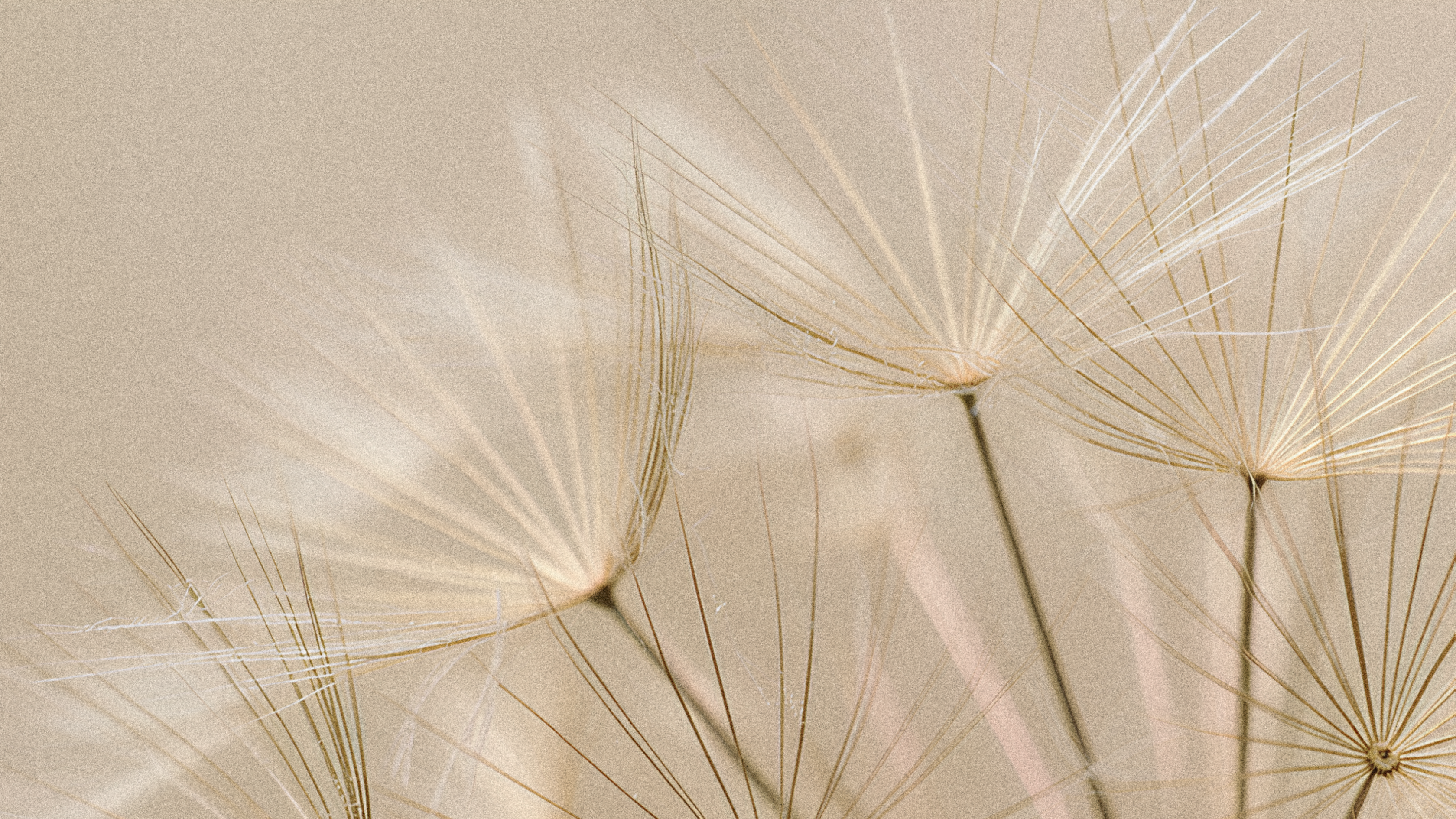So That’s What It’s Called: Keratosis Pilaris
Have you ever hesitated to wear sleeveless tops or short skirts because of tiny bumps on your arms or thighs? They’re not quite like obvious pimples, yet they make your skin look rough and dull. They aren’t painful, but they can make you feel self-conscious about showing your skin.
This phenomenon, often nicknamed “chicken skin,” actually has a proper name—
Keratosis Pilaris (KP).
It’s not dangerous, but it can still affect how we feel about our appearance. Around 40%–50% of people worldwide have experienced it at some point, though most people aren’t sure what it is or why it happens.
1. What is Keratosis Pilaris?
Keratosis pilaris is small bumps formed when dead skin cells build up around the hair follicles.
It looks like:
- Tiny grains of sand attached to the arms, thighs, or back
- Rough to the touch, with skin losing its normal smoothness
- Sometimes accompanied by slight redness or dryness
For many people, it’s a persistent “minor annoyance.” However, it’s not caused by poor hygiene and it isn’t contagious.
2. Why does “chicken skin” occur?
The main causes of KP are primarily related to abnormal keratinization.
- Genetic tendency: If there are family members with KP, your own risk is higher as well.
- Dryness and dehydration: When the skin barrier is weakened, dead skin cells are more likely to accumulate.
- Puberty and age: It often appears in adolescents, and for some people, it improves with age.
- Seasonal factors: Symptoms are more noticeable during cold, dry winters.
Imagine fallen leaves temporarily blocking a stream—the water still flows, but it’s no longer smooth and unimpeded. Keratosis pilaris is like a minor blockage of skin cells at the exit of your hair follicles.
3. Can it be completely cured?
Keratosis pilaris cannot be completely cured, but it can be gently improved.
Through daily skincare with proper cleansing → exfoliation → hydration and repair, roughness will gradually fade, allowing your skin to become smooth and soft again.
Imperfections of the skin are not flaws, but a natural part of us. When we treat them with patience and wisdom, we can witness the return of smoothness and radiance in everyday care.



Leave a comment
This site is protected by hCaptcha and the hCaptcha Privacy Policy and Terms of Service apply.